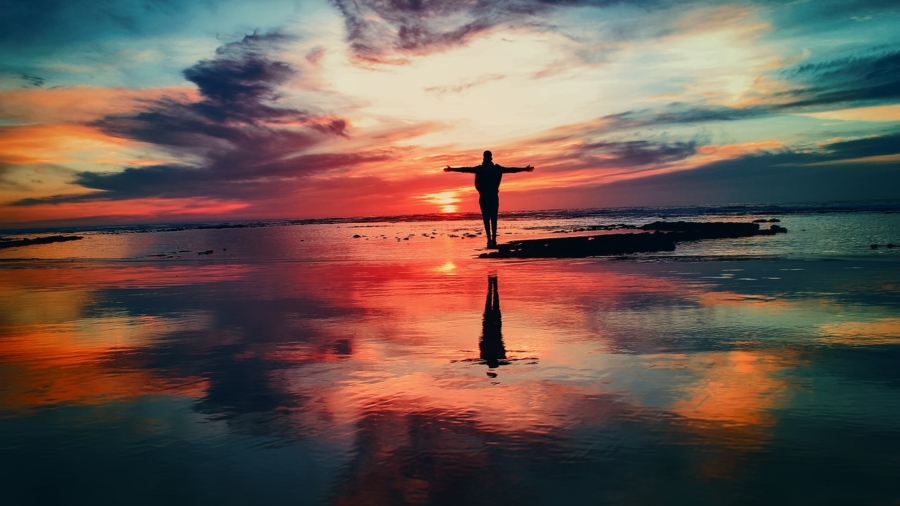Fine art photography is a captivating and expressive form of visual art that goes beyond mere representation. It captures emotions, tells stories, and evokes a sense of wonder. If you’re a beginner eager to dive into this artistic journey, you’ve come to the right place. This comprehensive guide will walk you through the basics of fine art photography, helping you get started on your path to creating stunning and meaningful images.
Table of Contents
What is Fine Art Photography?
Fine art photography is a genre that emphasizes the creative vision of the photographer. Unlike commercial or documentary photography, fine art photography is not bound by a specific subject or purpose. Instead, it focuses on the photographer’s artistic expression and the ability to convey emotions, ideas, or concepts through images.
Getting Started with Fine Art Photography
1. Understanding Your Vision
Before you start shooting, take some time to understand your artistic vision. What themes, emotions, or stories do you want to convey through your photographs? Fine art photography is deeply personal, so your vision will be the driving force behind your work.
2. Choosing the Right Equipment
While you don’t need the most expensive gear to create beautiful fine art photographs, having the right tools can make a difference. Consider investing in a quality DSLR or mirrorless camera, a variety of lenses, and a sturdy tripod. Additionally, post-processing software like Adobe Lightroom or Photoshop can help you enhance your images.
3. Mastering the Basics of Photography
A strong foundation in the basics of photography is essential for any fine art photographer. Make sure you are comfortable with the following concepts:
- Exposure: Understanding how to balance aperture, shutter speed, and ISO to achieve the desired exposure.
- Composition: Learning the rules of composition, such as the rule of thirds, leading lines, and symmetry, and knowing when to break them.
- Lighting: Experimenting with natural and artificial lighting to create mood and depth in your photographs.
Developing Your Style
1. Experimentation
One of the best ways to develop your style is through experimentation. Try different techniques, subjects, and compositions to see what resonates with you. Don’t be afraid to take risks and push the boundaries of your creativity.
2. Studying Other Artists
Study the work of other fine art photographers and artists for inspiration. Analyze their techniques, compositions, and use of light. This can provide valuable insights and help you refine your own style.
3. Creating a Cohesive Body of Work
As you develop your style, aim to create a cohesive body of work. This means producing a series of images that share a common theme, aesthetic, or concept. A cohesive portfolio can strengthen your artistic voice and make a greater impact on your audience.
Techniques for Fine Art Photography
1. Long Exposure
Long exposure photography involves using a slow shutter speed to capture movement over a period of time. This technique can create dreamy, ethereal effects, especially when photographing landscapes, water, or night scenes.
2. Multiple Exposure
Multiple exposure involves combining two or more images into a single frame. This technique can add depth and complexity to your photographs, allowing you to convey multiple layers of meaning.
3. Abstract Photography
Abstract photography focuses on shapes, colors, and textures rather than recognizable subjects. This technique encourages viewers to interpret the image in their own way, making it a powerful tool for artistic expression.
Post-Processing Tips
1. Enhancing Colors and Contrast
Use post-processing software to enhance the colors and contrast in your images. This can make your photographs more visually striking and help convey the desired mood or atmosphere.
2. Removing Distractions
Carefully review your images and remove any distractions that take away from the main subject or theme. This could include unwanted objects, blemishes, or imperfections.
3. Adding Artistic Effects
Experiment with artistic effects such as black and white conversion, sepia tones, or adding texture overlays. These effects can add a unique touch to your fine art photographs.
FAQs
Q: Do I need an expensive camera to start with fine art photography? A: No, you don’t need an expensive camera to start. Focus on learning the basics and developing your vision. You can upgrade your equipment as you progress.
Q: How can I find my unique style in fine art photography? A: Experiment with different techniques, subjects, and compositions. Study other artists for inspiration and continuously refine your work until you find what resonates with you.
Q: Is post-processing necessary for fine art photography? A: While not mandatory, post-processing can enhance your images and help you achieve your artistic vision. It’s a valuable tool for fine art photographers.
Q: What subjects are best for fine art photography? A: Fine art photography can encompass a wide range of subjects, from landscapes and portraits to abstract and conceptual themes. Choose subjects that resonate with your artistic vision.
Q: How can I create a cohesive body of work? A: Focus on a common theme, aesthetic, or concept for your images. Consistency in style and vision will help create a cohesive portfolio.
Conclusion
Embarking on your journey in fine art photography is an exciting and fulfilling endeavor. By understanding your vision, mastering the basics, and continuously experimenting, you can create stunning and meaningful images that reflect your unique artistic voice. Remember, fine art photography is about expressing yourself and conveying emotions through your work. So, grab your camera, start exploring, and let your creativity soar.


Add a Comment